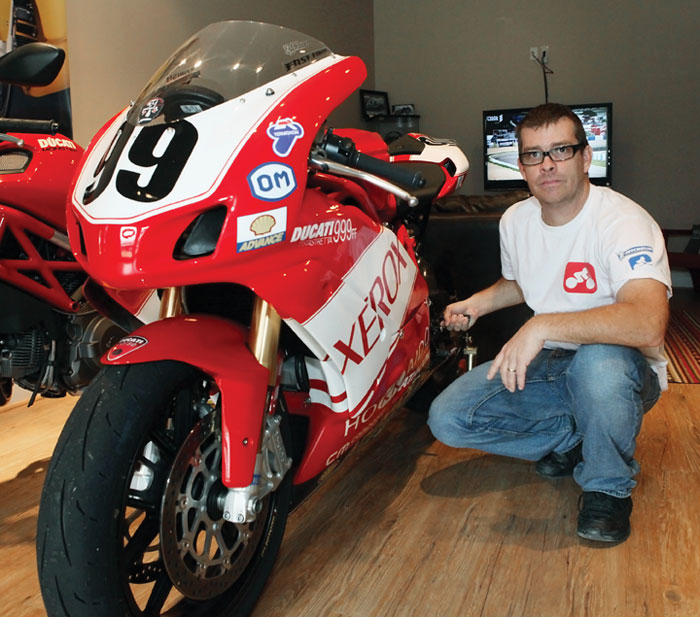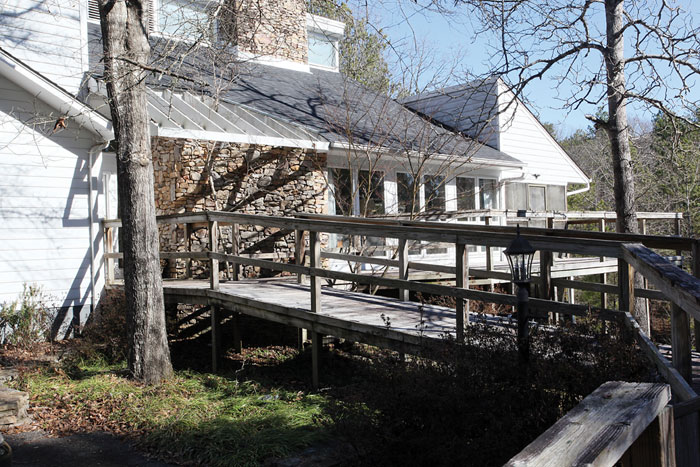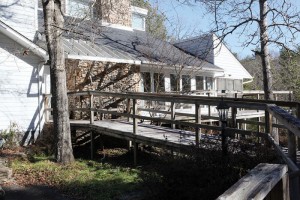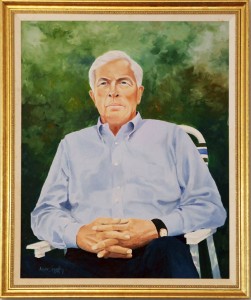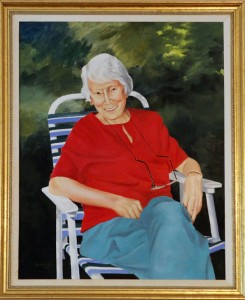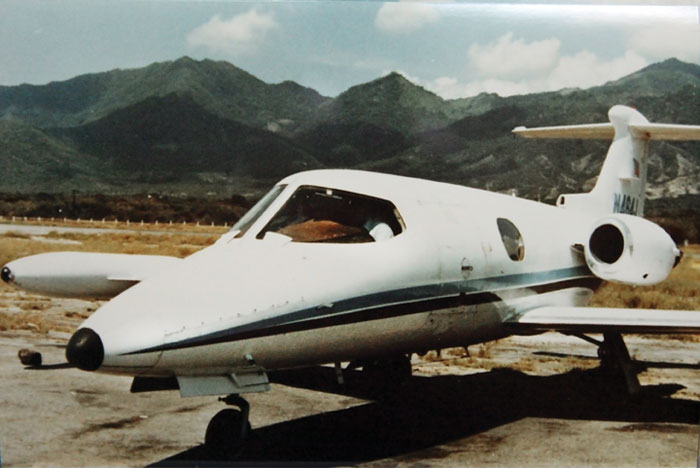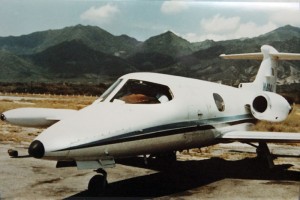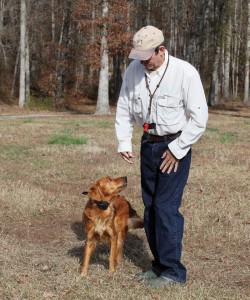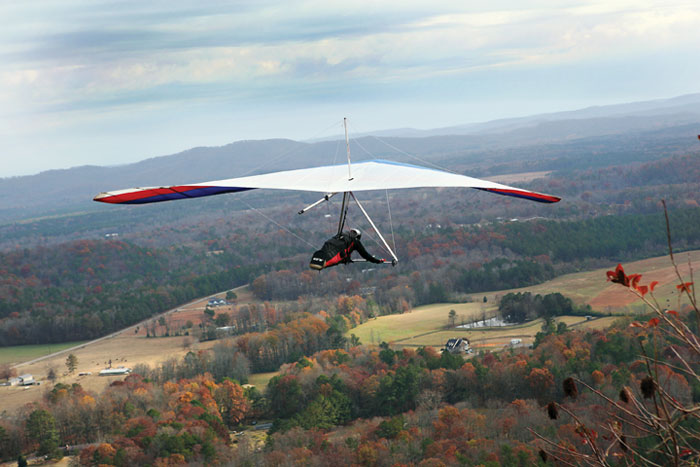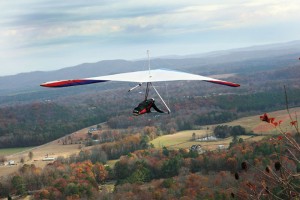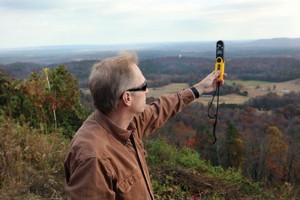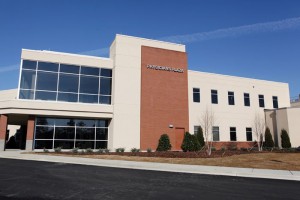 A Reflection of the Future for St. Clair County
A Reflection of the Future for St. Clair County
Story by Carol Pappas
Photos by Jerry Martin
and Wynter Byrd
Terrell Vick escorted the final patient out of the old St. Vincent’s St. Clair Hospital, and Sean Tinney welcomed the first patients arriving at the new one. It was a fitting role for each to play — Vick as former president and COO and acting as Chief Transition Officer and Tinney as president of St. Vincent’s Rural Hospital Operations.
From their vantage points and through their responsibilities, they witnessed history being made, the page officially turning on Dec. 10, 2011.
“The preparation leading up to it was phenomenal,” said Tinney, who noted that the new hospital opened its doors to the Emergency Department at 6 that morning. The transfer of patients from the old facility began at 9 a.m. and the doors did not shut until the last patient was moved. “It was as smooth as anything I have been a part of.”
For Vick to witness the last patients leaving the old facility where he worked for so many years and Tinney witnessing the first patients coming into the new one he is overseeing, “it was meaningful for him, and it was meaningful for me,” Tinney said.
The move was like clockwork, Tinney said, giving credit to a host of team members. Neeysa Biddle, former COO of St. Vincent’s Health System, coordinated the move with Vick heading transition efforts. Regional Paramedical Services had five ambulances assisting with the move of patients. Dual labs and x-rays operated during the move, and associates and medical staff transitioned to a state-of-the-art electronic health record system.
The entire staff was oriented to the new hospital in the weeks leading up to the move, and when that day arrived, 50 Information Technology specialists reported for duty, ensuring that countless computers and a new order entry system was in place and working properly.

“It made it a whole lot easier to adapt,” Tinney said.
In the days since, the activity has shown no signs of slowing. Admissions are up 28 percent. Emergency Department visits jumped 10 percent. Use of the 64-slice CT Scanner and MRI equipment climbed 22 percent. At that rate, Tinney said, the new hospital could see more than 25,000 patients in a year’s time in the Emergency Department as opposed to 19,000 in the old facility.
On Dec. 19, 2011, the Physicians Plaza professional office building opened adjacent to the hospital, featuring 40,000 square feet of space. St. Vincent’s is leasing 20,000 square feet for specialists and an outpatient center, and Johnson Development, which specializes in developing, acquiring and managing medical office buildings and outpatient facilities, is developing the building.
St. Vincent’s Family Care — Pell City, the practice of Drs. Tuck, Scarbrough and Williams, is slated to open there in February or March along with St. Vincent’s Obstetrics and Gynecology-St. Clair.
New services are being added as well. Wound care with hyperbaric oxygen chambers opens in April or May, and in June, a sleep diagnostic center will open with two beds initially that can be expanded to four beds.
A partnership with MedSouth, a durable medical equipment company, will allow St. Vincent’s to offer home medical equipment, like wheelchairs, crutches, walkers, oxygen and respiratory equipment as well as diabetic supplies.
Time-share space is being utilized by specialists working part time in St. Clair. And more specialists are being recruited in the areas of orthopedics, general surgery, cardiology and pulmonology. To Tinney, it all translates into “more comprehensive medical services we can provide our community.”
Laurie Regan, a principal with Johnson Development, couldn’t agree more with Tinney’s assessment of the hospital’s ability to provide more comprehensive services. Her firm is developing the building with a definite eye toward the future and expansions.
Fresenius Medical Care dialysis will open with 12 stations and plans for an expansion, she said.
Even the building itself was constructed with expansion in mind, evidenced by a third floor of 5,000 square feet of additional space that will make way for a vertical expansion. “We know the growth is going to be there,” Regan said.
The Physicians Plaza is expected to be fully functional in February and has features and amenities that make it appealing, like its easy access to the first floor of the adjoining hospital and a full complement of diagnostic and lab services.
Art from elementary school students will hang on the walls of the second floor surrounding family practice, illustrating the partnership between the medical facility and the community.
“It is a community building, really, and we want it to have a St. Clair flavor,” Regan said.
The tie to community has a special meaning to Regan personally in addition to her role as a developer. “As residents of Pell City and St. Clair County, my husband and I have been strong supporters of St. Clair Regional and St. Vincent’s. I’m doubly blessed that my career in health-care development allowed me to be a part of this wonderful project and work in my hometown.”



























